Mould Guidance
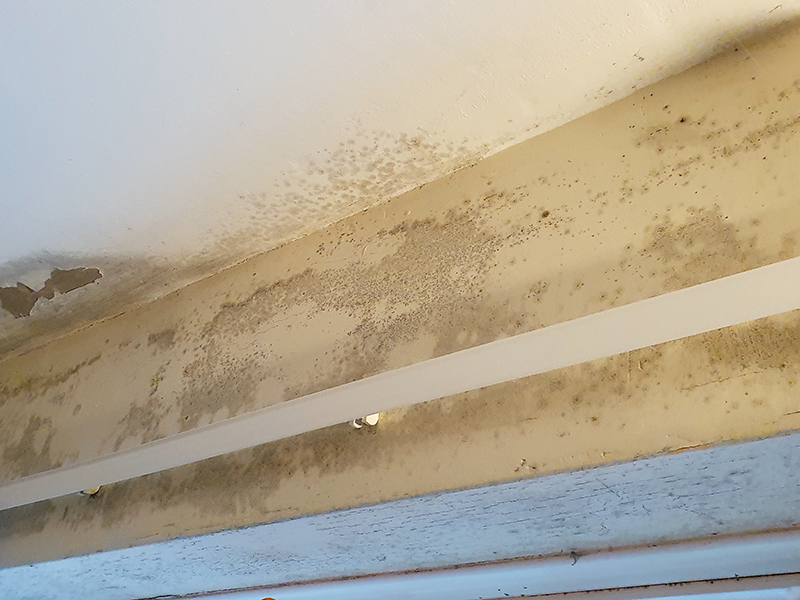
New Damp and Mould Guidance for Housing Associations
New Damp and Mould Guidance The government has released new guidance for social and private rented landlords, to help address the health risks associated with damp and mould in the
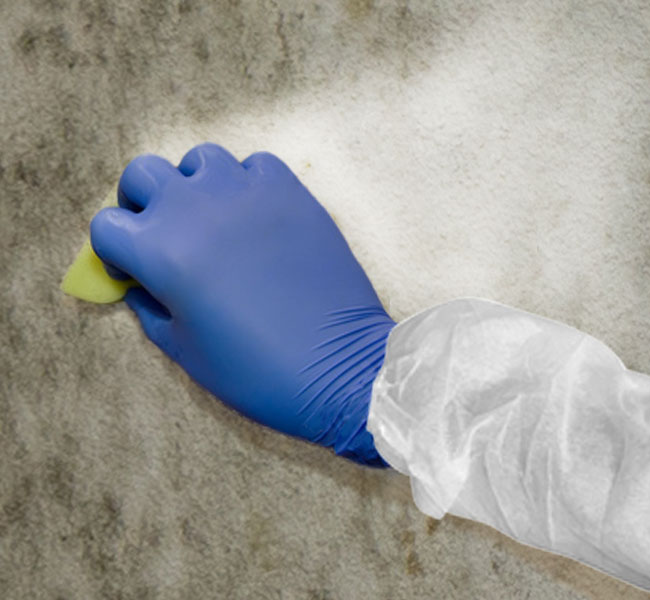
Safe Mould Remediation
We have been working with our Housing Association customers to support their efforts to maintain safe and comfortable homes for their tenants with the support of specialist mould kits and
Respiratory Equipment
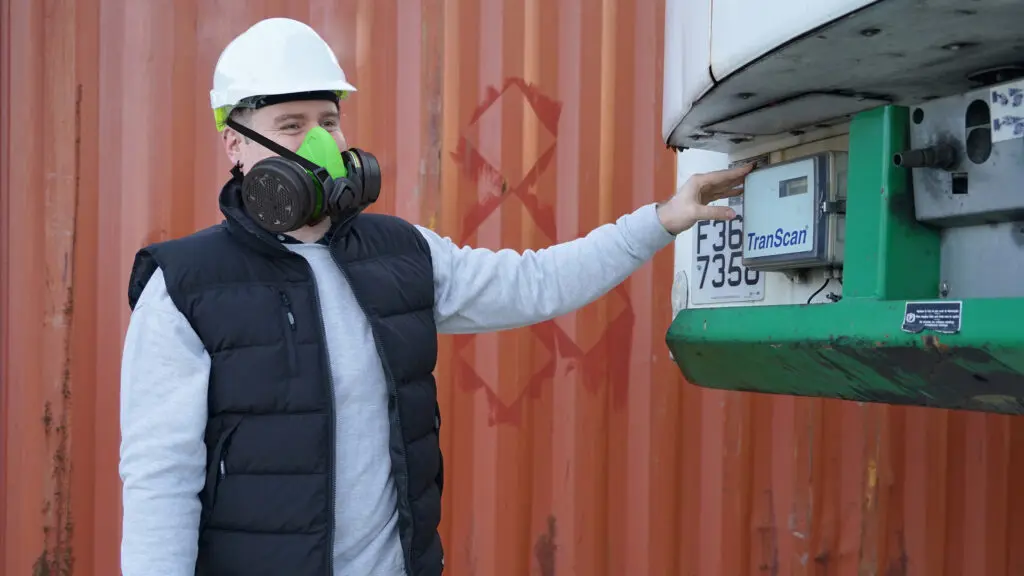
The Importance of RPE Face Fit Testing
In industries where hazardous substances are prevalent, ensuring the proper fit of respiratory protective equipment (RPE) is critical. A secure fit prevents leaks, safeguarding employees from harmful exposure to substances.
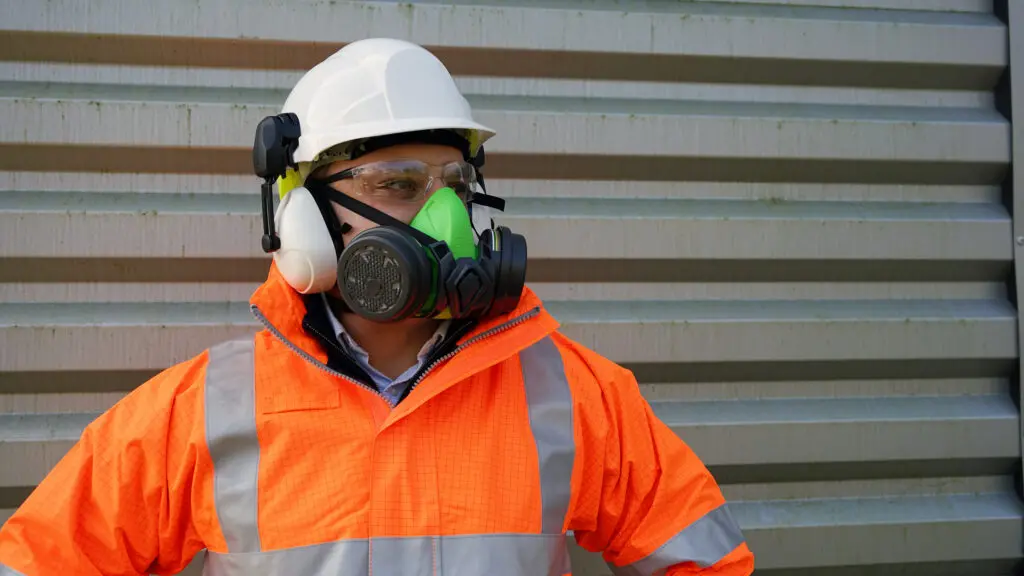
Choosing the Right Respiratory Protective Equipment (RPE)
There are several types of Respiratory Protective Equipment (RPE) available to workers, including many that are designed for specific environments or situations. Choosing suitable equipment for the environment requires an
Controlling Respiratory Hazards

COSHH: Workplace Exposure Limits
What is COSHH? COSHH is an acronym for ‘Control of Substances Hazardous to Health’. COSHH regulations protect workers by enforcing rules around the adequate control of exposure to materials that
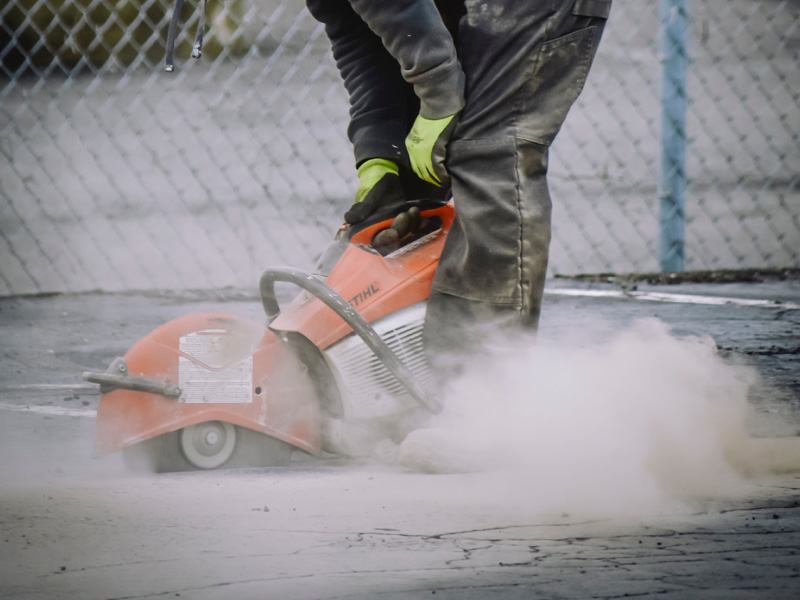
Silica Dust: RPE & Control Measures
November is Lung Cancer Awareness Month, a campaign to raise awareness of common lung cancer symptoms which are often ignored, for example, persistent cough and breathlessness. The majority of lung
FAQs
RPE should always be the last line of defence. Potentital risks need to be controlled via other methods, such as ventilation systems, before choosing to use RPE. If there is risk of exposure after other control methods have been used, RPE may be used.
Silica dust is made of tiny particles which cause scarring and inflammation when they are inhaled over a period of time. Extended exposure to silica dust presents serious health risks.
Silica dust is found in rocks, sand, and clay. Construction workers are especially at risk because of workplace exposure to these materials.
Tight-fitting masks are required to be fit tested to ensure a seal is created with the wearer’s face. This stops hazardous substances from entering.
A fit test needs to be performed by a competent person. They should be trained, qualified, and experienced. Look out for things such as the BSIF’s Fit2Fit scheme qualification to check if a tester is competent.
Awaab’s Law was introduced through the Social Housing Regulation Act. The regulation means landlords are required to comply to new regulations, including reported health hazards to be fixed in specified time frames.
You cannot wear tight-fitting masks if you have facial hair. Facial hair stops the mask from creating a seal. You can however wear other forms of RPE, such as powered respiratory units.